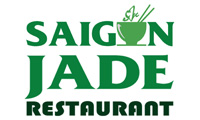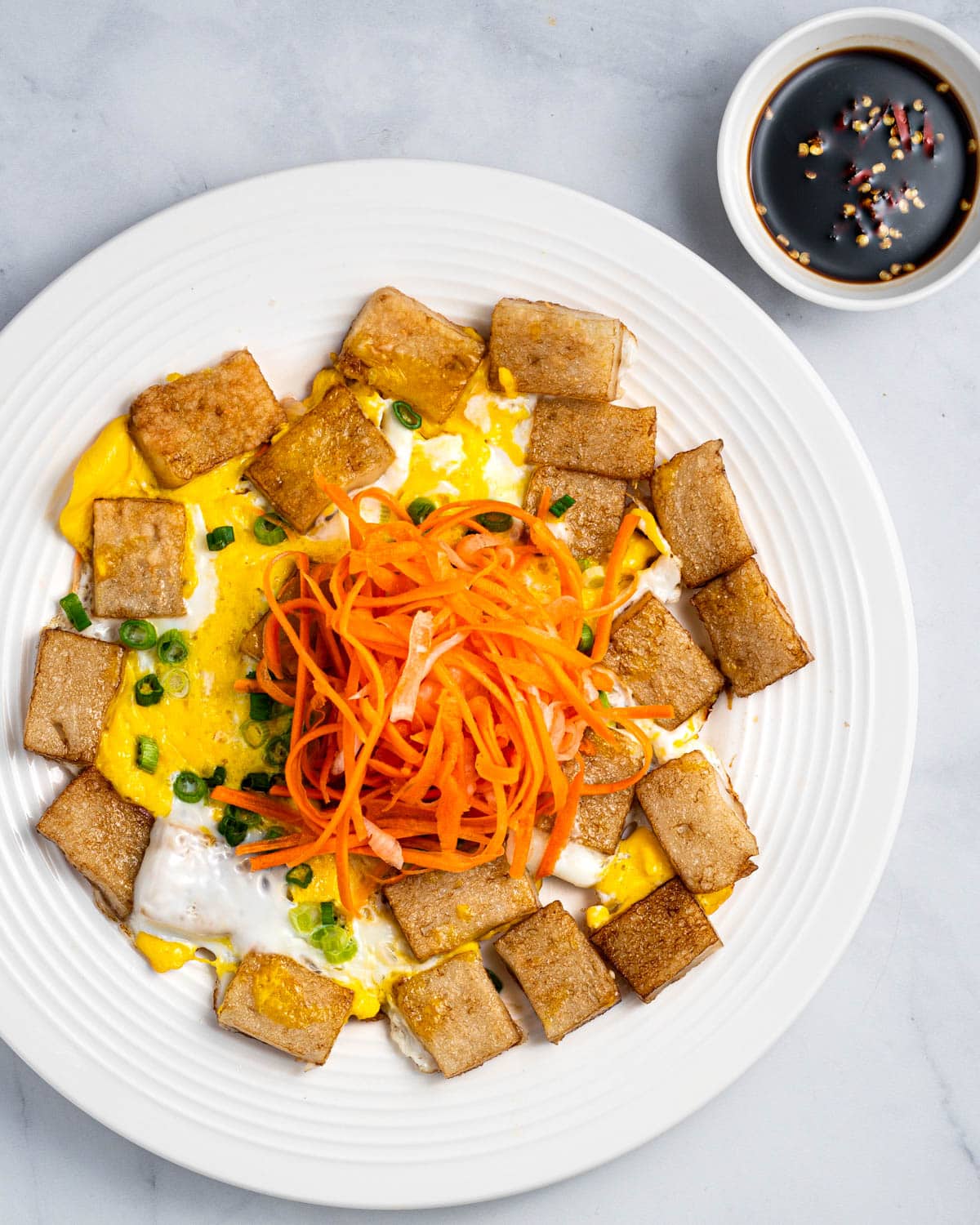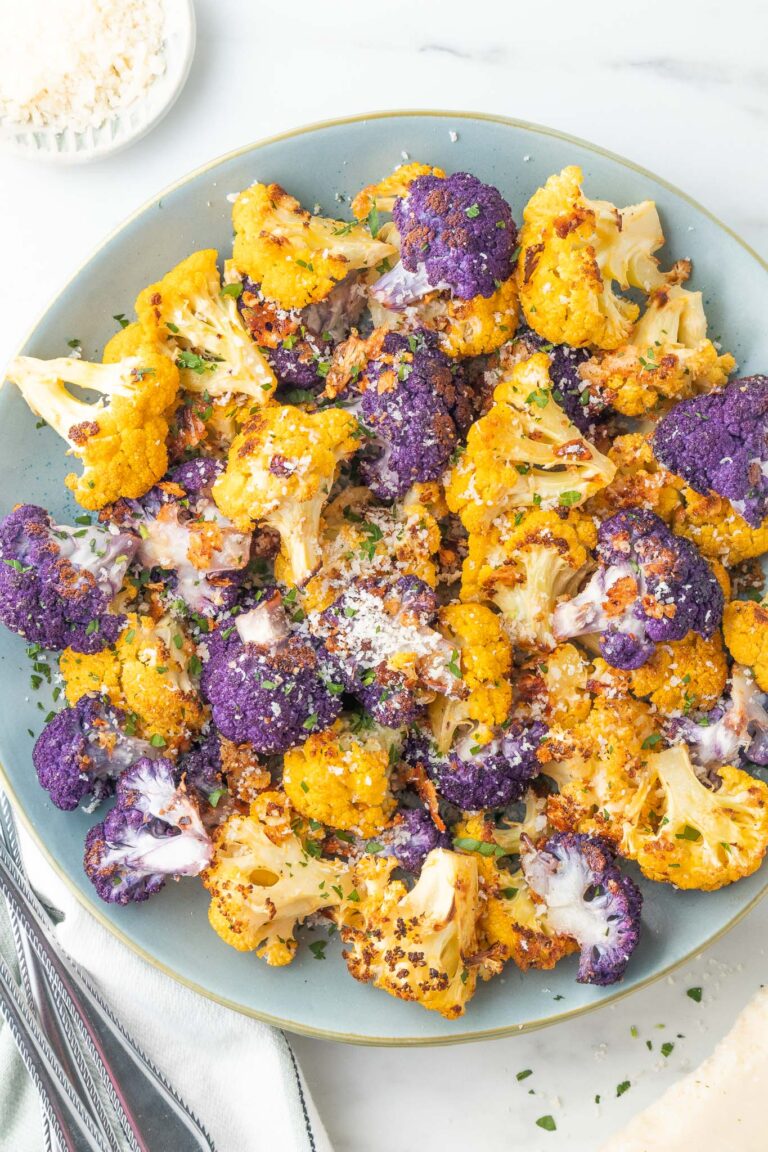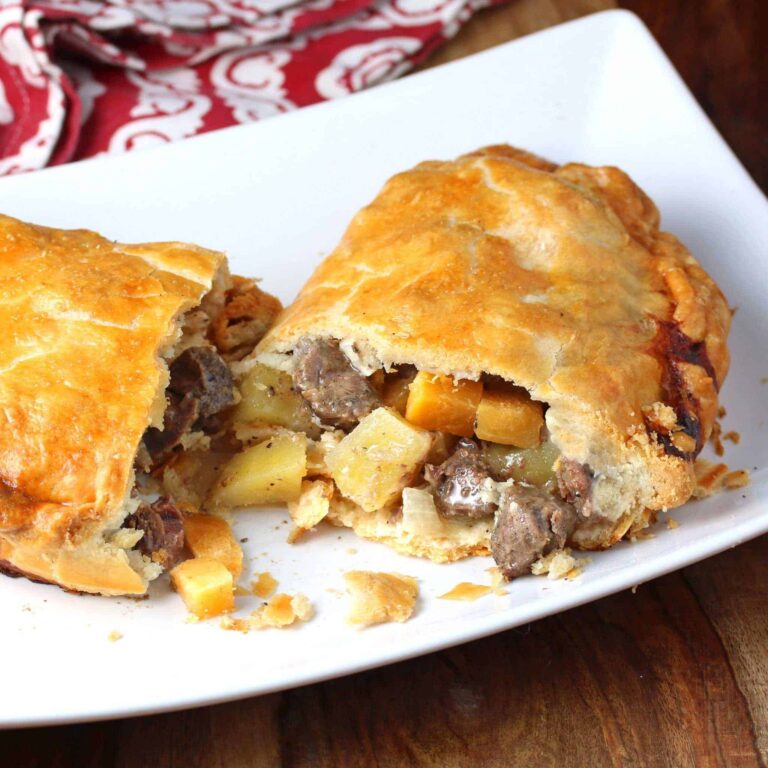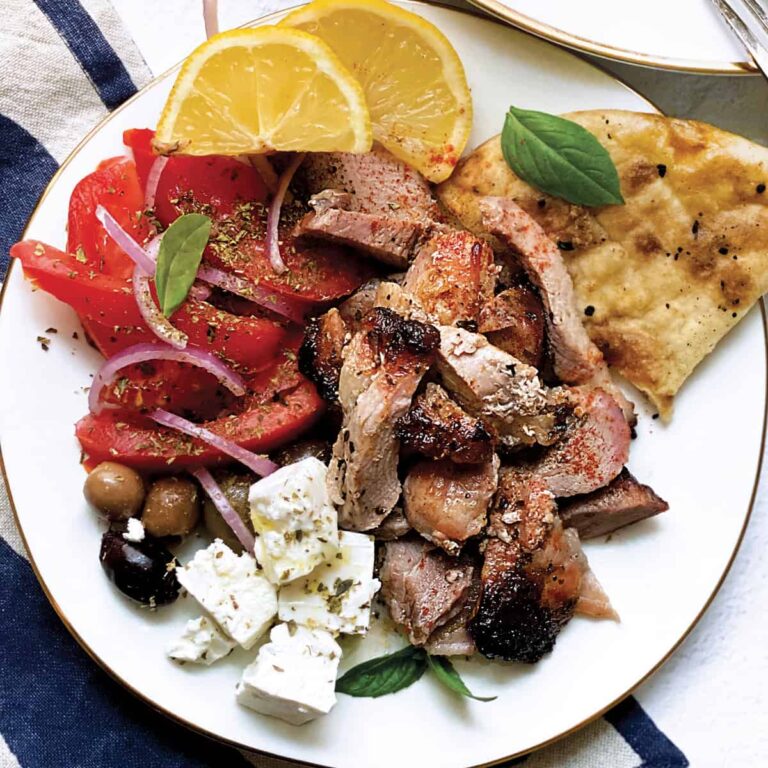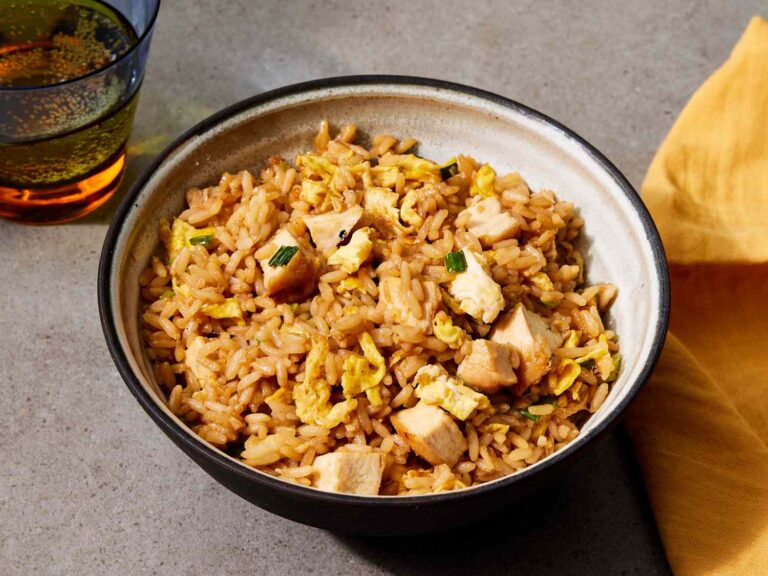Rice Flour Vietnamese Recipes: Delicious and Authentic Dishes
Rice flour is a staple in Vietnamese cooking. It forms the base for many beloved dishes.
From savory to sweet, rice flour adds texture and flavor. Vietnamese cuisine is rich and diverse, with rice flour playing a key role. This ingredient is versatile and can be used in various recipes, from pancakes to dumplings. It’s gluten-free, making it a great alternative for those with dietary restrictions.
Vietnamese recipes with rice flour are simple yet delicious, reflecting the country’s culinary traditions. These dishes are perfect for anyone wanting to explore new flavors. Whether you are an experienced cook or a beginner, rice flour recipes offer something for everyone. Dive into the world of Vietnamese cooking and discover the magic of rice flour in these delightful recipes.
Introduction To Rice Flour In Vietnamese Cuisine
Rice flour plays a key role in Vietnamese cuisine. It forms the base for many traditional recipes. Dishes like bánh xèo and bánh cuốn rely on its smooth texture.
Rice flour plays a vital role in Vietnamese cuisine. It forms the base for many traditional dishes. Made from finely milled rice, it has a smooth texture. Rice flour is gluten-free and easy to digest. Its use in Vietnamese cuisine spans centuries. It contributes to the unique taste and texture of many beloved dishes. From savory to sweet, rice flour is versatile.Importance In Traditional Dishes
Rice flour is a staple in traditional Vietnamese dishes. Bánh xèo, or Vietnamese pancakes, rely on rice flour. These pancakes are crispy and delicious. Bánh cuốn, or steamed rice rolls, also use rice flour. They have a delicate texture and are filled with savory ingredients. Rice flour is essential in making bánh bèo. This dish features small, steamed rice cakes topped with shrimp and scallions. Another example is bánh khọt, mini savory pancakes. These are crispy and filled with shrimp or pork.Health Benefits
Rice flour offers several health benefits. It is gluten-free, making it suitable for those with gluten sensitivity. It is also low in fat and cholesterol-free. Rice flour is rich in carbohydrates, providing energy. It contains essential vitamins and minerals. These include B vitamins and iron. Rice flour also has a low glycemic index. This helps in managing blood sugar levels. Incorporating rice flour into your diet can be beneficial. It offers a nutritious alternative to wheat flour. Enjoy the health benefits while savoring the flavors of Vietnamese cuisine. “`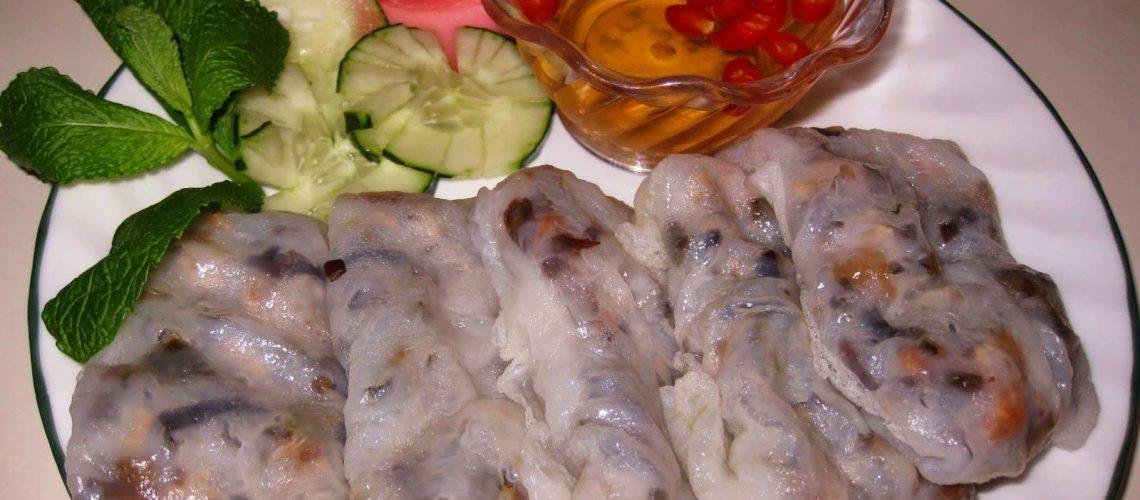
Credit: cambodiarecipe.com
Essential Ingredients
Rice flour is a staple in Vietnamese cooking. Its versatility makes it perfect for a variety of dishes. To create authentic Vietnamese recipes, you need the right ingredients. Let’s explore the essential ingredients for these delightful dishes.
Types Of Rice Flour
Vietnamese cuisine uses different types of rice flour. The most common are white rice flour and glutinous rice flour. White rice flour is made from regular rice grains. It is light and smooth. Glutinous rice flour comes from sticky rice. It has a chewy texture. Both types are crucial for different dishes. Knowing when to use each is key to great results.
Common Spices And Herbs
Spices and herbs give Vietnamese dishes their unique flavor. Common spices include star anise, cinnamon, and cloves. These spices add warmth and depth. Fresh herbs are also essential. Basil, mint, and cilantro are used in many recipes. They add a bright, fresh taste. Don’t forget lemongrass and ginger. These add a fragrant, zesty note to your dishes.
Banh Xeo: Vietnamese Rice Pancakes
Banh Xeo, or Vietnamese rice pancakes, are a delightful treat. These savory crepes are a perfect blend of crispy and chewy textures. Filled with shrimp, pork, and bean sprouts, they offer a burst of flavor in every bite. Let’s dive into the ingredients and preparation of this delicious dish.
Ingredients And Preparation
Here’s what you need to make Banh Xeo:
- 1 cup rice flour
- 1/4 cup cornstarch
- 1/2 teaspoon turmeric powder
- 1 cup coconut milk
- 1 cup water
- 1/2 teaspoon salt
- 200 grams shrimp, peeled and deveined
- 200 grams pork belly, thinly sliced
- 2 cups bean sprouts
- 1 small onion, thinly sliced
- 2 green onions, chopped
- Fresh herbs (mint, basil, cilantro)
- Vegetable oil for frying
Follow these steps to prepare the batter:
- In a bowl, mix rice flour, cornstarch, turmeric, and salt.
- Add coconut milk and water. Whisk until smooth.
- Let the batter rest for 30 minutes.
For the filling:
- Heat a pan over medium heat. Add a little oil.
- Cook shrimp and pork belly until just done. Set aside.
- Sauté the onion until translucent. Mix in the shrimp and pork.
Cooking Tips And Tricks
Here are some tips to make your Banh Xeo perfect:
- Use a non-stick pan to prevent sticking.
- Keep the heat medium-high for a crispy pancake.
- Pour a thin layer of batter for the best texture.
- Cover the pan with a lid to cook evenly.
- Add the bean sprouts last to keep them crunchy.
Finally, serve Banh Xeo with fresh herbs and dipping sauce. Enjoy!
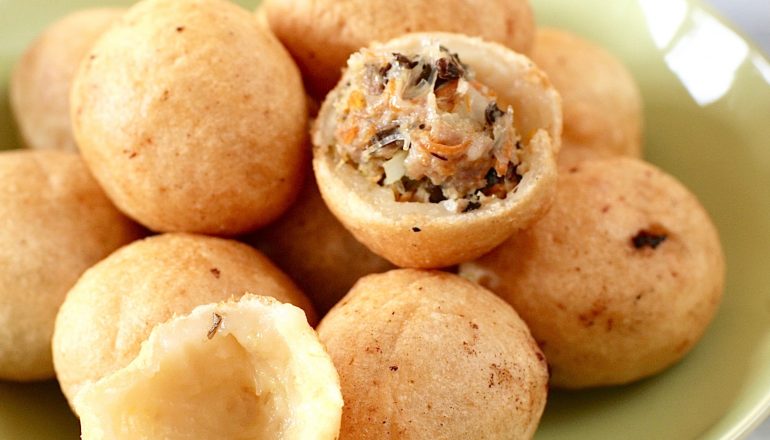
Credit: www.ricenflour.com
Banh Cuon: Steamed Rice Rolls
Banh Cuon, or Vietnamese steamed rice rolls, is a classic dish. It features thin, delicate rice sheets filled with savory ingredients. The rolls are light, yet flavorful, making them a beloved choice. The rice flour gives the rolls a unique texture, soft and slightly chewy.
Filling Options
Banh Cuon fillings vary, but the most common choice is ground pork. Mushrooms are often added for extra texture and flavor. Below is a table showcasing popular filling options:
| Ingredient | Description |
|---|---|
| Ground Pork | Traditionally seasoned with fish sauce and garlic. |
| Wood Ear Mushrooms | Provides a crunchy texture. |
| Minced Shrimp | Adds a sweet, briny taste. |
| Tofu | A great vegetarian option. |
Each filling option brings its own unique flavor. Choose one or mix a few for variety. The key is to keep the filling light and balanced.
Serving Suggestions
Banh Cuon is best served fresh and warm. Here are some serving suggestions:
- Herbs: Fresh herbs like cilantro and mint add a refreshing touch.
- Nuoc Cham: A dipping sauce made of fish sauce, lime juice, sugar, and chilies.
- Fried Shallots: Sprinkle on top for an added crunch.
- Pickled Vegetables: Serve with pickled carrots and daikon for a tangy contrast.
For a complete meal, serve Banh Cuon with a side of Vietnamese iced coffee. The combination of flavors will delight your taste buds.
Banh Beo: Water Fern Cakes
Banh Beo, or Water Fern Cakes, are a delightful Vietnamese dish. They are small, steamed rice cakes. These cakes are topped with savory and crunchy ingredients. Banh Beo is a popular street food in Vietnam. It is loved for its unique texture and flavors.
Making The Rice Batter
The rice batter is the base of Banh Beo. Mix rice flour with water. Add a pinch of salt. Stir until smooth. Let it sit for 30 minutes. This step helps the flour absorb water. The batter should be thin.
Toppings And Garnishes
Toppings add flavor to Banh Beo. Common toppings include dried shrimp, scallions, and crispy shallots. To prepare dried shrimp, soak them in warm water. Then, blend until fine. Fry chopped scallions in oil. The oil gives a nice aroma.
Garnishes enhance the dish. Fresh herbs like cilantro work well. Add a drizzle of fish sauce. This sauce is sweet, salty, and tangy. Serve Banh Beo warm. Each bite offers a burst of flavor.
Banh Bot Loc: Tapioca And Shrimp Dumplings
Banh Bot Loc: Tapioca and Shrimp Dumplings are a delicious Vietnamese treat. These dumplings have a chewy texture and a savory filling. The dish is popular for its unique taste and delightful appearance. The combination of shrimp and tapioca creates an unforgettable culinary experience.
Preparing The Dough
To make the dough, start with tapioca flour. Measure one cup of tapioca flour and place it in a bowl. Add a pinch of salt to the flour. Boil half a cup of water. Slowly pour the hot water into the flour, stirring constantly. Use a spoon at first, then your hands. The dough should be smooth and elastic. If it’s too dry, add a bit more water. If it’s too sticky, add a bit more flour.
Steaming Techniques
To steam the dumplings, you need a steamer. Place a banana leaf or parchment paper in the steamer basket. Arrange the dumplings in a single layer. Ensure they do not touch each other. Cover the steamer and let the dumplings steam for about 10 minutes. Check if they are translucent. Once done, remove them carefully. Serve hot with dipping sauce.
Banh It Tran: Sticky Rice Dumplings
Banh It Tran: Sticky Rice Dumplings is a traditional Vietnamese dish made from rice flour. These sticky rice dumplings are a delightful treat, enjoyed both as a savory snack and a sweet dessert. The versatility of rice flour allows for different fillings and accompaniments, making Banh It Tran a favorite among many.
Savory Vs Sweet Versions
The savory version of Banh It Tran typically includes minced pork, shrimp, and mushrooms. These ingredients are seasoned with fish sauce, pepper, and shallots. The savory dumplings are often garnished with fried shallots and a sprinkle of green onions.
In contrast, the sweet version features a filling made from mung beans and sugar. Some versions even include coconut for added texture and flavor. The sweet dumplings are usually coated with a layer of grated coconut or sesame seeds.
Best Accompaniments
For the savory Banh It Tran, a side of pickled vegetables adds a refreshing crunch. A small bowl of dipping sauce, made from fish sauce, lime, and chili, enhances the flavors.
Sweet dumplings pair well with a cup of hot tea. The tea balances the sweetness and provides a comforting warmth. Fresh fruits like mango or papaya also complement the sweet version beautifully.
| Version | Filling | Accompaniment |
|---|---|---|
| Savory | Pork, shrimp, mushrooms | Pickled vegetables, dipping sauce |
| Sweet | Mung beans, sugar, coconut | Hot tea, fresh fruits |
Tips For Perfecting Rice Flour Dishes
Rice flour is a versatile ingredient used in many Vietnamese recipes. From delicate bánh cuốn to crispy bánh xèo, mastering rice flour dishes can be an art. Here are some essential tips to help you perfect your rice flour creations.
Choosing The Right Rice Flour
Not all rice flours are the same. There are different types of rice flour, each with unique properties.
- White Rice Flour: This is the most common type, ideal for light and fluffy textures.
- Glutinous Rice Flour: Use this for sticky and chewy textures, like in mochi or certain dumplings.
- Brown Rice Flour: It has a nuttier flavor and is perfect for adding a healthy twist to recipes.
Choose the type that matches your recipe’s texture and flavor requirements.
Avoiding Common Mistakes
Even experienced cooks can make mistakes with rice flour. Here are some common pitfalls to avoid:
- Overmixing: Overmixing can lead to dense and tough textures. Mix just until combined.
- Incorrect Measurements: Use a kitchen scale for accurate measurements. Too much or too little flour can ruin the dish.
- Not Letting the Batter Rest: Letting the batter rest for 30 minutes allows the flour to hydrate fully. This results in better texture and flavor.
- Using Cold Ingredients: Use room temperature ingredients to ensure even mixing and cooking.
By avoiding these mistakes, your rice flour dishes will turn out perfect every time.
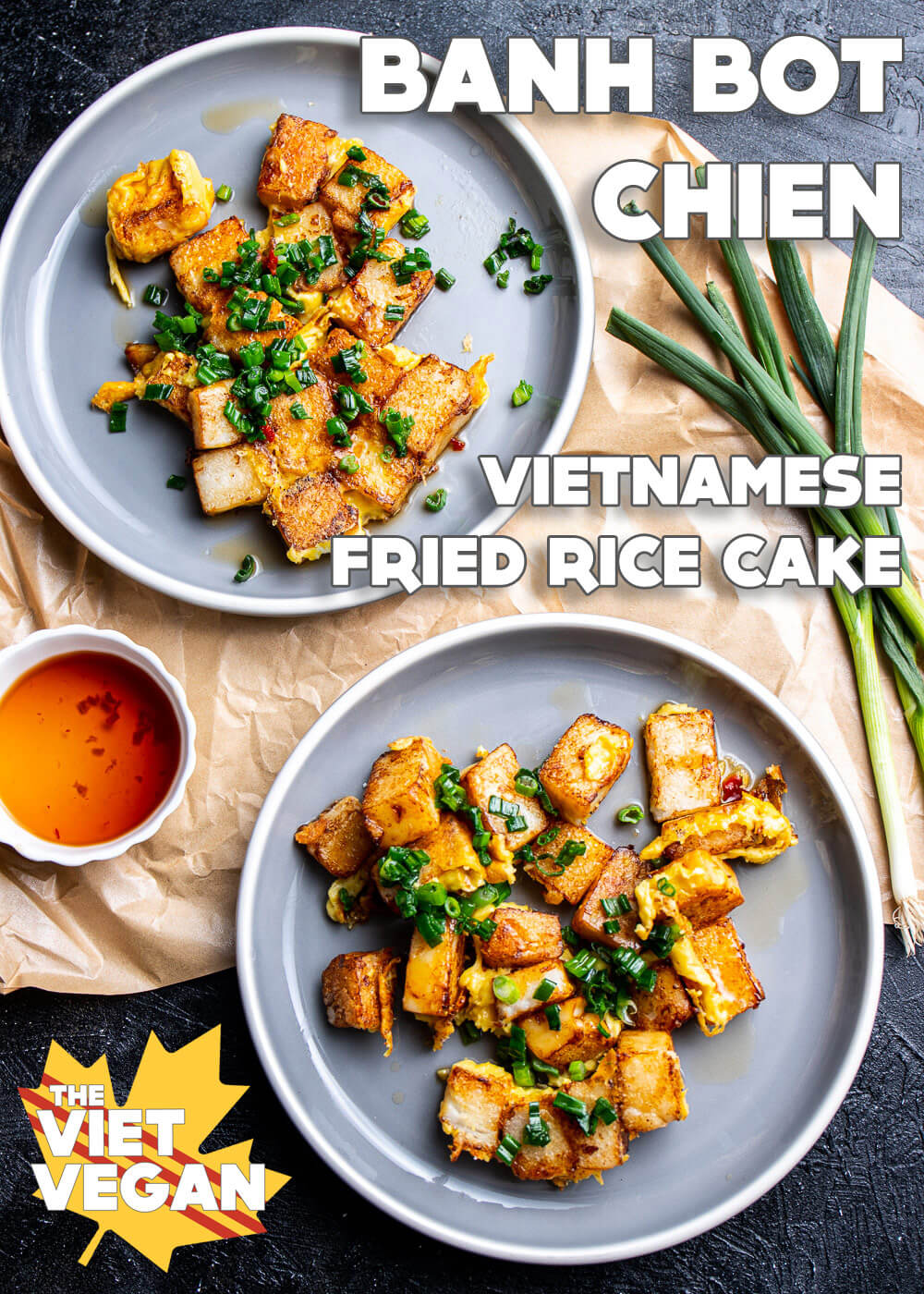
Credit: thevietvegan.com
Frequently Asked Questions
What Are Popular Rice Flour Vietnamese Recipes?
Popular rice flour Vietnamese recipes include Bánh Xèo, Bánh Cuốn, and Bánh Bèo. These dishes showcase the versatility of rice flour. Each recipe has unique flavors and textures. They are often enjoyed with fresh herbs and dipping sauces.
How To Make Bánh Xèo With Rice Flour?
To make Bánh Xèo, mix rice flour with water and turmeric. Pour batter into a hot pan, then add shrimp, pork, and bean sprouts. Fold and serve with lettuce and herbs.
Is Rice Flour Gluten-free?
Yes, rice flour is naturally gluten-free. It’s a great alternative for those with gluten intolerance. It’s commonly used in Vietnamese recipes like Bánh Cuốn and Bánh Bèo.
Can I Use Rice Flour For Bánh Cuốn?
Yes, rice flour is essential for Bánh Cuốn. Mix rice flour with water to make a thin batter. Steam the batter to create delicate, translucent rice sheets. Fill with savory pork and mushroom mixture.
Conclusion
Rice flour offers endless possibilities for Vietnamese recipes. These dishes bring unique flavors and textures to your table. Try making Bánh Xèo or Chè Trôi Nước at home. Enjoy the experience of cooking and sharing traditional Vietnamese food. Remember, simple ingredients can create delightful meals.
Explore these recipes and add a touch of Vietnam to your kitchen. Happy cooking!
